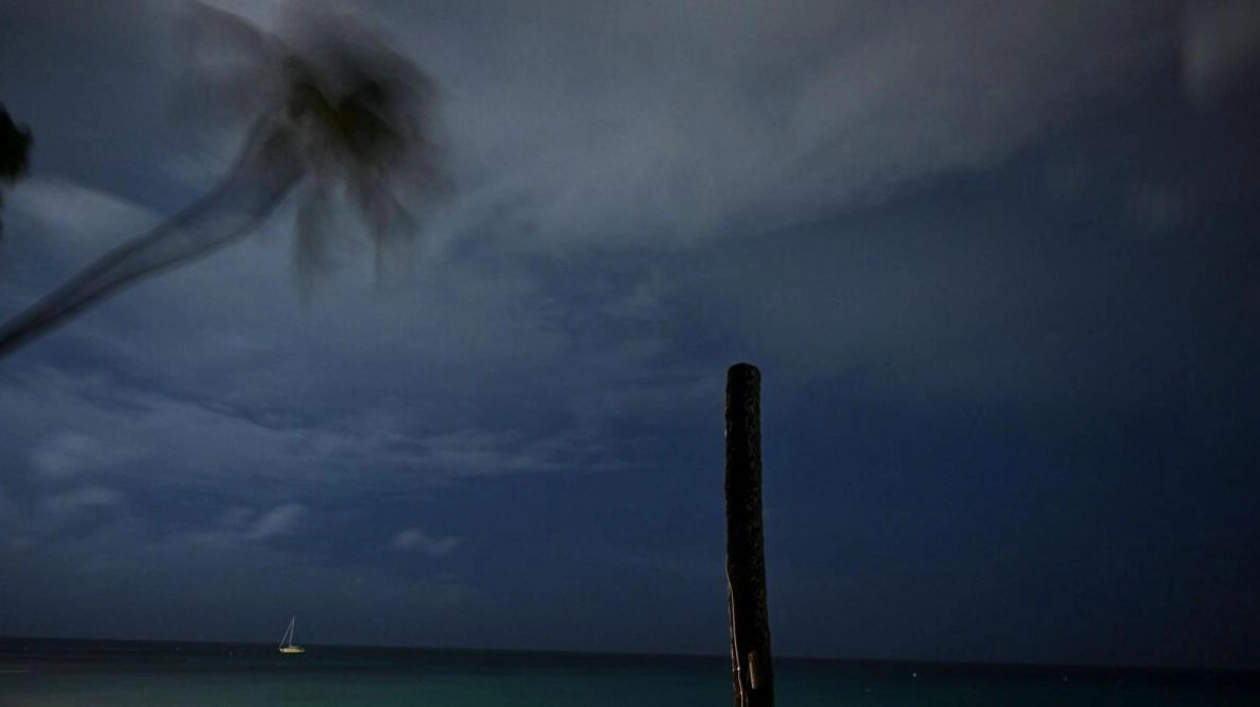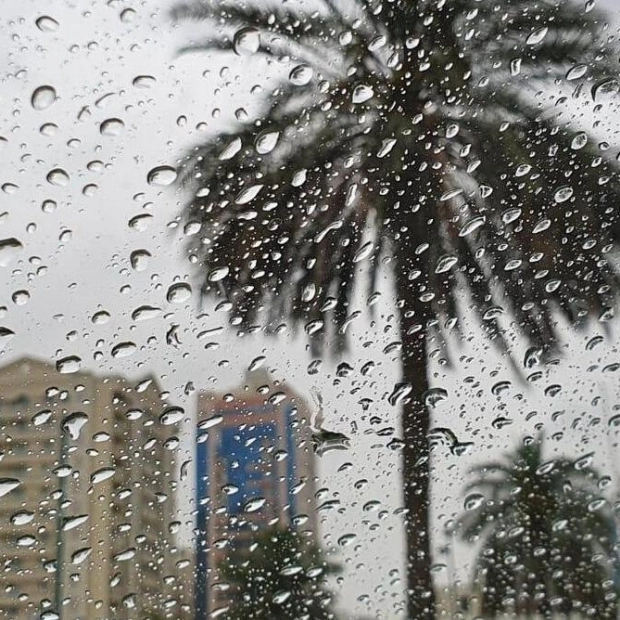Hurricane Beryl surged across the Atlantic Ocean towards the Caribbean's Windward Islands on Monday as an 'extremely dangerous' storm, posing a threat of catastrophic floods, storm surges, and lethal high winds, according to officials. As the storm neared, locals fortified shops, stocked up on essentials, and filled their vehicles with fuel. Prime Minister of St Vincent and the Grenadines, Ralph Gonsalves, anticipated a prolonged natural disaster. This marked an unusually intense and early beginning to the Atlantic hurricane season, being the earliest recorded Category 4 storm, as per National Hurricane Center data on Sunday. Beryl had briefly weakened to Category 3 before intensifying back to Category 4, with sustained winds exceeding 193 kph, positioned about 180 km southeast of Barbados, the NHC reported. The storm was projected to unleash devastating winds and a storm surge early Tuesday in the Windward Islands. The NHC cautioned that Beryl would likely remain an extremely dangerous major hurricane as it traversed through the Windward Islands into the eastern Caribbean. It urged residents in the storm's path to heed evacuation and preparedness directives from authorities. Hurricane warnings were active for Barbados, St. Lucia, St. Vincent and the Grenadines, Grenada, and Tobago. Tropical storm warnings were issued for Martinique and Trinidad, with storm watches for parts of the Dominican Republic and Haiti. Tobago activated shelters, closed schools, and suspended elective surgeries in hospitals. The hurricane was expected to dump 8 to 15 cm of rain across Barbados and the Windward Islands, potentially leading to flash floods in susceptible areas. Significant, hazardous swells were also anticipated along the southern coasts of Puerto Rico and Hispaniola. The US National Oceanic and Atmospheric Administration had forecasted above-normal hurricane activity in the Atlantic for 2024, due to near-record warm ocean temperatures. Hurricane Dennis, which reached Category 4 on July 8, 2005, held the previous record as the second earliest storm in the June-November season.

Text: Lara Palmer
01.07.2024
Early Category 4 Hurricane Beryl poses severe risks with floods, surges, and high winds





